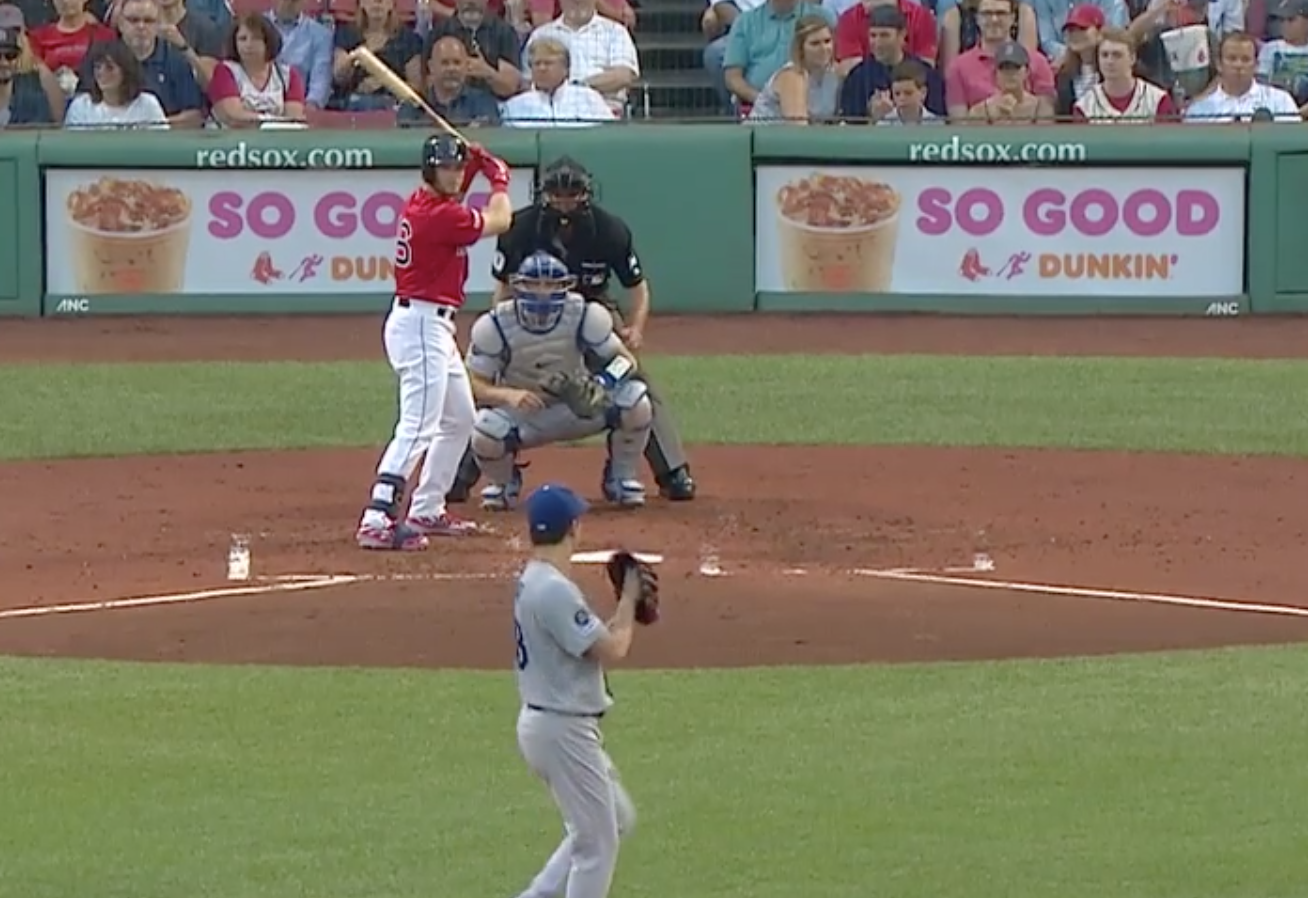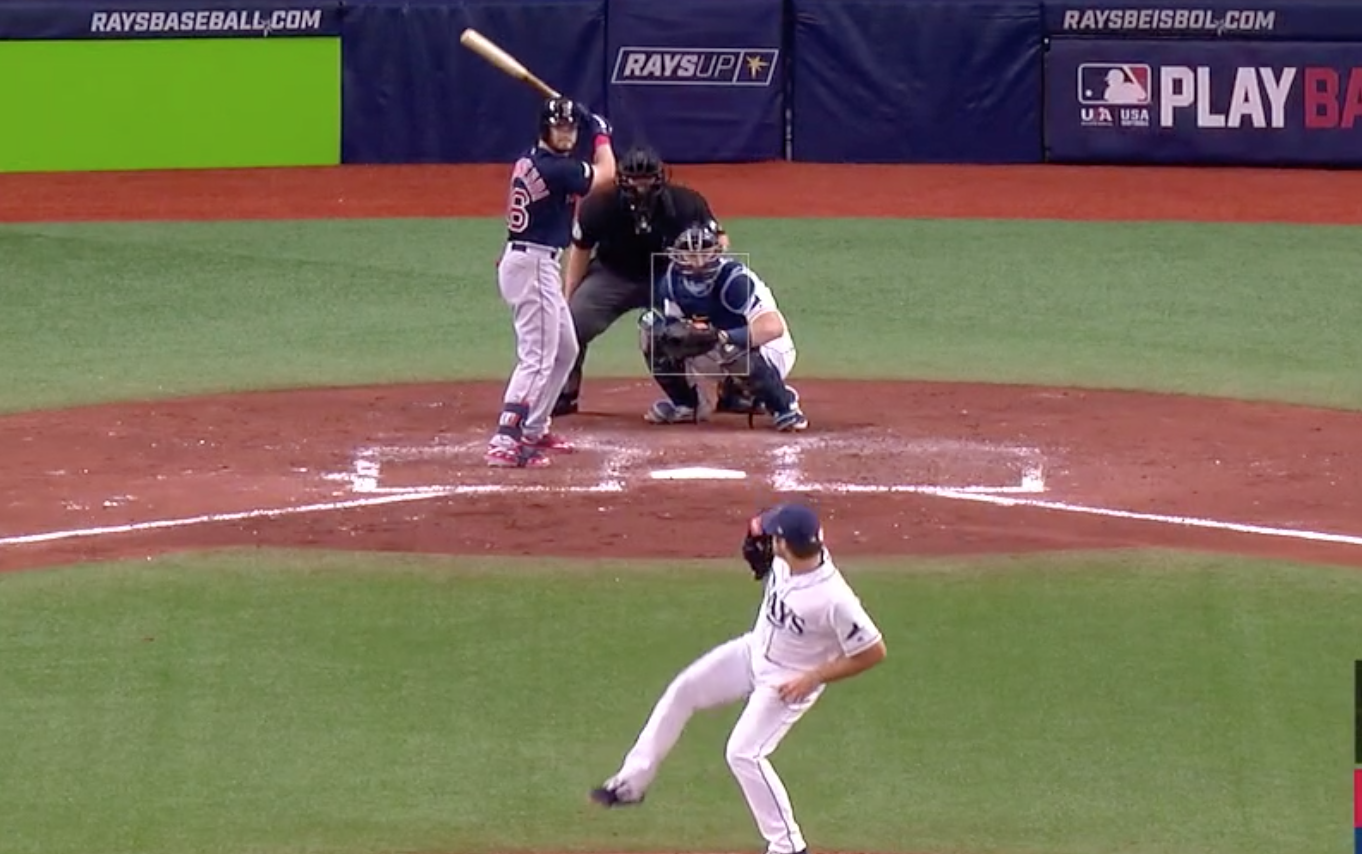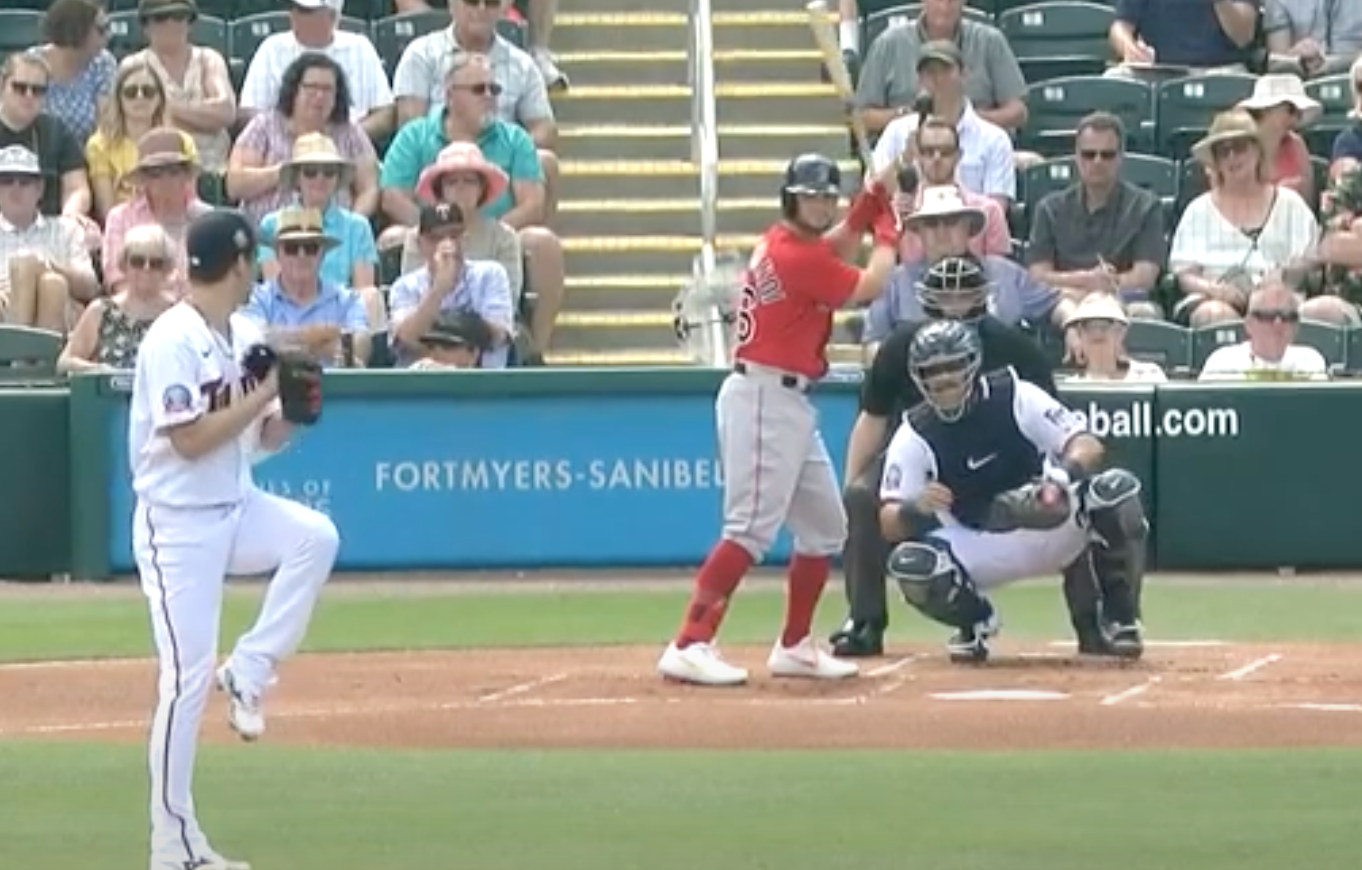There is a point in a prospect’s career where the hype fades and they can get caught in a purgatory of not playing against the elite competition to improve, but also not doing enough to justify giving them a spot to play more elite competition. Very few prospects have the talent to force a franchise to bring them up and give them a spot. So many factors come into play when deciding whether to bring up a prospect. The most important one is the timing. Is there an opening for them on the depth chart? Were there free-agent signings? Did the team just draft someone with a similar skill set? Have they been healthy enough? Have they been brought up and sent down so much that your confidence is shot? Are they in an organization that pushes and challenges prospects? Or are they in an organization that sits on talent until it absolutely has to promote it?
Any one of these is reason enough to slow a prospect’s development or career. If a prospect experiences more than one of the questions above, he might not ever get a real chance despite having all-star talent. That’s how you get late-bloomers like Max Muncy, Jacob deGrom, Mitch Haniger, Josh Donaldson, and so on.
| 2021 or Bust | |||
| Brendan Rodgers (1/12/21) | Victor Robles (1/19/21) | Brendan McKay (1/5/21) | Andrew Benintendi (1/26/21) |
| Kyle Wright | Luis Urias | David Dahl | Brent Honeywell |
| Royce Lewis | Zack & Nick Burdi | Austin Meadows | Franklin Barreto |
| Nick Senzel | Readers’ Choice | ||
This one really hurts.
Everyone should know that despite what is said below that I will personally never quit Andrew Benintendi. I have an affinity for vertically-challenged overachievers, of which the Boston Red Sox have had more than their fair share the past few decades (i.e. Mookie Betts, Dustin Pedroia). Benintendi will be the most experienced player I examine in this series. I’m only doing this because I find his case to be so fascinating. That being said, let’s look back at how we went from replacement level college player to Golden Spikes Award winner to near-All-star to replacement-level MLB player.
History
How does a Rawlings High School Player of the Year get drafted in the 31st round? You hit .564 with 12 homers, and steal 38 bases — but you do it while being 5-foot-9. There’s the bias. And it’s players like Benintendi who have made scouts and executives re-think if size matters. Despite insane numbers, Benintendi’s height got him considered as a project who needed two years in college to have a chance at becoming a professional. Oddly enough, he was an afterthought in the recruiting class of the Arkansas Razorbacks, a nationally-ranked squad in a power conference. Benny nevertheless took the reigns of centerfield as a freshman — an impressive feat for a notable SEC team. Offensively, however, his production was nothing to speak of. If you squinted hard though, you could see he had an exceptional eye, which is pretty much the only constant offensively for him in the years since.
Benny exploded in his sophomore year. Everything clicked as he slashed .376/.717/1.205 with 20 homers and 24 stolen bases in just 65 games. Combine that with a pro-level defense and he was a no-brainer to be a high first-round pick. The talented center fielder was picked by the Red Sox seventh overall. He spent just a little over one full calendar year in the minor leagues (posting a collective .932 OPS) before making his major league debut at 22 years old where in 34 games he had a respectable .835 OPS and 14 XBH while getting on base at a .359 clip. In 2017, Benny had his only 20/20 season in the majors, but the hype on him still hadn’t hit a fever pitch.
Hype
By the end of the 2018 season, Benintendi was thought of as one of the 10 best young players in baseball. He posted a 4.1 WAR season, highlighted by a .291 average, 16 homers, 41 doubles, 21 stolen bases, and a World Series ring. Everything about what Benintendi had accomplished felt not only sustainable but given his history of raking at every level, and the bias against short guys starting to change, there was a feeling that he still could have one more step to take. There was a sense that he had the ability to be peak Alex Gordon, but for longer. A Gold Glove level left fielder capable of multiple 20/20 seasons who could eventually walk more than he strikes out. If that were true, he’d be a top-20ish player in the league, if it didn’t, he’d be a top-40ish guy without improving at all.
What Went Wrong
To call 2019 a step back would be an understatement. With a possible exception on defense, every aspect of his game regressed. Even Benny’s trademark patience wasn’t what we had come to expect. Things went even worse for him in the COVID shortened 2020 season, as he played just 14 games and managed just a .103 average with one extra-base hit. What happened?
Pitchers weren’t attacking him differently, at least not in the volume of pitches. There could possibly be a change in sequencing that he hasn’t adjusted to, but I find it hard to believe sequencing would be enough to make him go from a disciplined fringy power hitter who relies on contact to one who struggles to make contact. Numbers-wise, I can’t find what’s different. Benny isn’t swinging more inside or outside of the zone, and he isn’t trying to pull the ball more or less. His heat map is completely the same, as a middle-out hitter who can also attack the low ball (although he has less heat in the last two years than his first three). But somehow he’s making far less contact. In his first three seasons, Benny was above 80% in overall contact, meaning whenever he swung, he made contact four out of every five times. The past two years have seen drops in that rate from 77% in 2019 to 70% in 2020. Of course, since he’s swinging the same amount and making less contact, his SwStr% nearly doubled from the 7.5 rate in his first three years to 13.5 in 2020. Also, Benny’s quality of contact right now is mixed. In 2019, he set career highs in exit velocity (89.1) and barrels (8.1%), despite struggling at the plate. In 2020, however, his exit velocity took a nosedive (85.2) to his career-low. His approach hasn’t changed.
All of this leads me to believe that his swing is a mess. Benny spent the second half of 2019 fooling around with the openness of his stance and the length of his stride. For his first three and a half years in the league, he had a slightly open stance, as you can see here:

He closed that stance off in July of 2019, which resulted in a short-term power boost. This stance led immediately to a homer that bounced off the roof in Tampa Bay:

And then he opened it back up in 2020:

So far, all of the swing changes have resulted in continued below-average play. But those aren’t the only changes. In 2019, he also spoke about changing the length of his stride, to shorten it up. This could have a detrimental impact on his swing as Kurt Hewes of Ignite Baseball breaks down how important Benintendi’s stride is to keeping his head still better than I ever could. It’s more difficult to find footage of a player from the side of his swing, as they tend to show it when a player hits a home run. When a player hits a home run, things are probably done more correctly than when they strike out. That said, I couldn’t find evidence of his head moving more than it had in the past, but if the changes to his swing have caused that, it would make total sense as to why he’s now having more trouble making contact.
Why 2021?
This season is an important one for Benintendi financially. Two years ago, he signed an extension to buy out two years of arbitration. That extension is up after 2021, where he will have one final year of arbitration before heading into free agency. This means he’s likely for another raise, almost regardless of what he does on the field. Given all of the non-tenders in the majors in 2020, and the Red Sox selling off Mookie Betts to prove they were committed to being a frugal organization, if he continues down this path, he could be non-tendered. It’s not as if he’d then bounce out of the league. Someone would take a chance on him at a reduced price, but he’d be auditioning for a starting spot at that point. The term “fourth outfielder” would be thrown around a lot, because if he continues down this spiral, that’s exactly what he’d be: A good defensive outfielder who struggles at the plate.
Also, it is possible that 2019 was just plain unlucky for Benny. He hit the ball harder than he ever did but the results weren’t as good. The poor play in 2020 could just be a result of an extremely small sample size and some injuries. But the two years put together give an impression of a crisis. This year will show where Benintendi actually is. Is he in crisis? Or was he just unlucky?
Verdict
I want to say Benintendi has been unlucky for the last two year. Given his track record for being able to hit everywhere, including in the majors for multiple seasons, and the fact that he injured his ribs in 2020, keeping him out for most of a short season. That said, I am a little distressed that he felt the need to change his swing — and then change it back. That is a real issue. Some players change their swing and it yields immediate impacts. Some players change their swing and then don’t stop changing it until it feels like an unfolding lawn chair.
There is no way Benintendi is this bad. We’ll see a bounce-back in 2021. It might not be all the way back; he could be the 2017 player who slashed .271/.424/.778, which would put him right around 3 WAR. Given his history at the plate, and the mess that the last two years have been both for him and the league, I’m more in the camp that he will right the ship.
Photo by Doug Murray/Icon Sportswire | Adapted by Justin Redler (@relderntisuj on Twitter)
